Ovarian cancer infographic
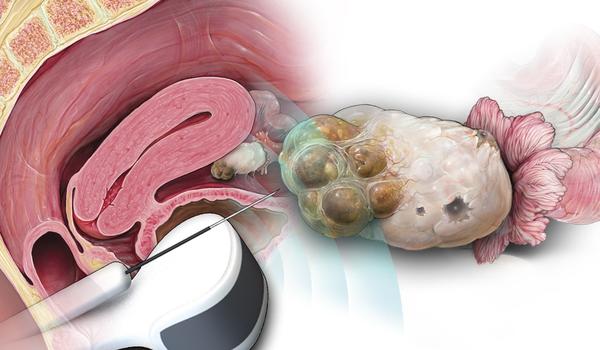
Who gets ovarian cancer?
Ovarian cancer is the 7th most common cancer among women worldwide (not including skin cancer), accounting for 3.6% of all cancers in women.1 Most ovarian cancers are diagnosed in older women (63 years and older), and start in the cells covering the outer surface of the ovaries.2 Several factors have been tied to the risk of developing ovarian cancer. Not all factors increase the risk of disease—some actually decrease the risk of disease.
Patient prognosis
Although ovarian cancer is the 7th leading cause of cancer death in women, it is the second deadliest cancer of the female reproductive system (after cervical cancer).1 This is because the disease is hard to diagnose early and is often caught late. With standard treatment, 90% of patients with localized disease (Stage I), 39% to 70% with regional disease (Stage II or III), and 17% with metastatic disease (Stage IV) will survive at least 5 years after diagnosis.2
Major risk factors2
Increased risk
- Inherited gene mutations (eg, BRCA1, BRCA2, PTEN)
- Late first full-term pregnancy (after age 35)
- No full-term pregnancy
- Older age
- Obesity
- Hormone therapy
Decreased risk
- Use of oral contraceptives
- Early first full-term pregnancy (before age 26)
- Each additional full-term pregnancy
- Breastfeeding
- Tubal ligation
- Hysterectomy
Staging Based on
Disease Extent
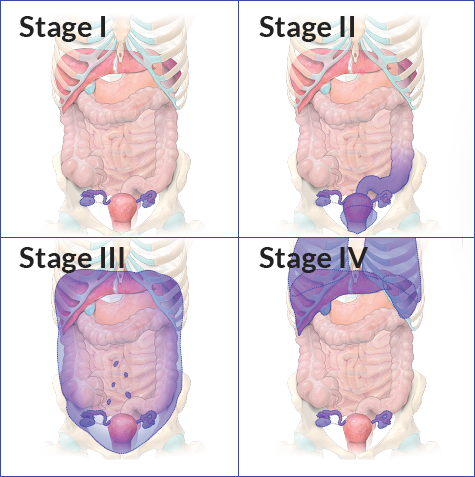
Other types of therapy

Chemo-therapy
Involves treatment with cancer-killing drugs that travel through the bloodstream to reach cancer cells in different parts of the body.
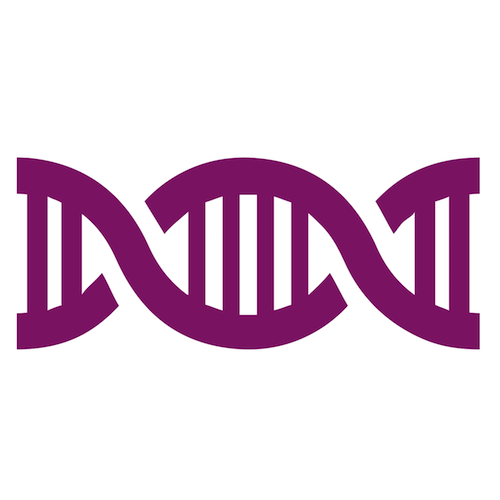
Targeted therapy
Involves the use of specially designed drugs that target the gene defects (mutations) in cells that cause or promote ovarian cancer.

Radiation
Often given after surgery to help reduce the risk of cancer recurrence in the breast or nearby lymph nodes.
Signs and symptoms
Ovarian cancer may cause several signs and symptoms, but the most common include bloating, pelvic or abdominal pain, trouble eating or feeling full quickly, and urinary symptoms (changes in urgency and frequency).
Diagnostics tests
-
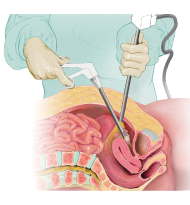
-
LaparoscopyInsertion of a thin, lighted tube through a small cut in the lower abdomen to better see the ovaries and pelvic organs
-
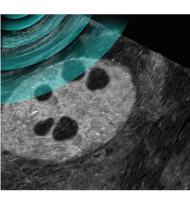
-
Imaging tests (eg, CT, MRI scans)Used to identify tumors in the ovaries and disease spread to other places in the body
-
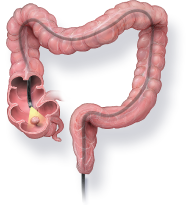
-
ColonoscopyInsertion of a long, flexible, lighted tube through the rectum to examine the inside of the large intestine (colon)
-
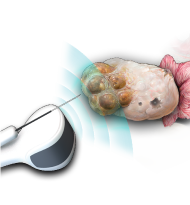
-
BiopsyExamination of a sample of abnormal ovarian tissue under the microscope to determine whether it is cancer
-
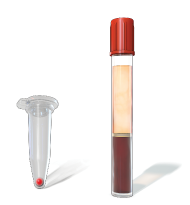
-
Blood testsAnalysis of CA-125 and other tumor markers to determine whether concentrations of these proteins are elevated, which may signal ovarian cancer
The importance of surgery
Surgery is the main type of treatment for most ovarian cancers. It is performed to determine how far the cancer has spread from the ovary (staging) and to remove as much diseased tissue as possible (debulking). The ovaries, fallopian tubes, and uterus may be removed during surgery, resulting in early menopause or inability to become pregnant.
Download pdf Glossary